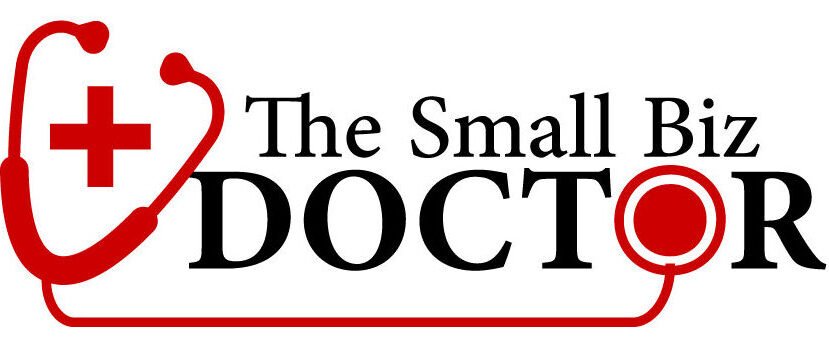
Running a small business is exciting, but keeping your finances organized can feel overwhelming. A simple bookkeeping system is the key to tracking income, expenses, and staying on top of your financial health. Whether you’re a freelancer, solopreneur, or small business owner, this step-by-step guide will show you how to set up an effective bookkeeping system without the stress.
In this article, you’ll learn:
- Why a bookkeeping system is essential
- Steps to create a simple bookkeeping system
- Tools to streamline the process
- Common mistakes to avoid
Let’s get started and make bookkeeping a breeze for your business.
Why You Need a Simple Bookkeeping System
To set up a bookkeeping syA well-organized bookkeeping system is the backbone of any successful business. Here’s why it’s crucial:
- Track Income and Expenses: Know exactly where your money is coming from and going.
- Simplify Tax Filing: Organized records make tax season less stressful and help you claim deductions.
- Monitor Financial Health: Understand your profitability and cash flow to make informed decisions.
- Stay IRS-Compliant: Proper records reduce the risk of audit issues or penalties.
- Impress Stakeholders: Accurate financial reports build trust with investors, banks, or partners.
Setting up a simple bookkeeping system now saves time, money, and headaches later
Step-by-Step Guide to Setting Up a Simple Bookkeeping System
Follow these six steps to create a bookkeeping system that works for your small business:
1. Separate Personal and Business Finances
Open a dedicated business bank account and get a business credit card to keep transactions separate. This prevents confusion and ensures accurate records. Use these accounts exclusively for business income and expenses, such as client payments, office supplies, or software subscriptions.
Pro Tip: Look for business accounts with low fees and integrations with accounting software like QuickBooks Online.
2. Choose a Bookkeeping Method
Decide between cash-basis or accrual-basis accounting:
- Cash-basis: Record income and expenses when money changes hands (simpler for small businesses).
- Accrual-basis: Record income and expenses when they’re earned or billed (better for businesses with inventory or credit).
Most small businesses start with cash-basis for its simplicity. Consult a CPA if you’re unsure which method suits your business.
3. Select Bookkeeping Software
Invest in user-friendly accounting software to automate and streamline your bookkeeping. Popular options include:
- QuickBooks Online: Syncs with bank accounts for easy transaction tracking and reporting.
- Wave: Free software for startups with basic bookkeeping needs.
- Xero: Cloud-based solution for small businesses with robust features.
- FreshBooks: Ideal for freelancers and service-based businesses.
Connect your business bank account and credit card to the software to import transactions automatically.
4. Categorize Income and Expenses
Create clear categories for your transactions based on IRS Schedule C guidelines. Common categories include:
| Category | Examples |
|---|---|
| Income | Client payments, product sales |
| Advertising & Marketing | Social media ads, business cards |
| Office Supplies | Paper, ink, printers |
| Utilities | Internet, phone, electricity |
| Professional Services | Bookkeeper, CPA, legal fees |
| Travel | Flights, hotels, business meals |
Set up these categories in your accounting software and assign each transaction to the appropriate one. For recurring expenses (e.g., Zoom or Canva), create bank rules in QuickBooks Online to automate categorization.
5. Track and Store Receipts
Save receipts for all business expenses to support tax deductions and audit readiness. Use tools like Expensify or Receipt Bank (by Dext) to digitize receipts and match them to transactions. Store physical receipts in a labeled folder or binder for easy access.
Time-Saver: Snap photos of receipts with your phone and upload them to your bookkeeping software.
6. Review and Reconcile Regularly
Set aside 15-30 minutes weekly to review your bookkeeping system:
- Check that all transactions are categorized correctly.
- Reconcile your bank and credit card accounts to ensure they match your software records.
- Review your Profit & Loss statement monthly to monitor financial performance.
- Clear out any “Uncategorized” transactions to keep records clean.
Schedule a monthly or quarterly meeting with a bookkeeper or CPA to address any questions or gray areas.
Common Bookkeeping Mistakes to Avoid
Steer clear of these pitfalls to maintain an effective bookkeeping system:
- Mixing personal and business expenses: Always use separate accounts.
- Skipping regular reviews: Weekly check-ins prevent errors from piling up.
- Ignoring receipts: Save and organize receipts for tax and audit purposes.
- Overcomplicating categories: Stick to standard IRS categories to avoid confusion.
- Not seeking help: Consult a bookkeeper or CPA for complex tasks like payroll or taxes.
By avoiding these mistakes, you’ll keep your bookkeeping system simple and accurate.
Final Takeaway: A Simple Bookkeeping System Drives Success
A streamlined bookkeeping system empowers you to take control of your finances, simplify tax season, and make smarter business decisions. By following these steps—separating accounts, choosing the right tools, and staying consistent—you’ll build a system that grows with your business.
Need Expert Support?
At The Small Biz Doctor, LLC, we help small business owners set up simple, effective bookkeeping systems using QuickBooks Online and other tools. Let us take the stress out of financial management so you can focus on growing your business.
Book a consultation: www.smallbizdoctor.com
Have a question? Contact us directly!




